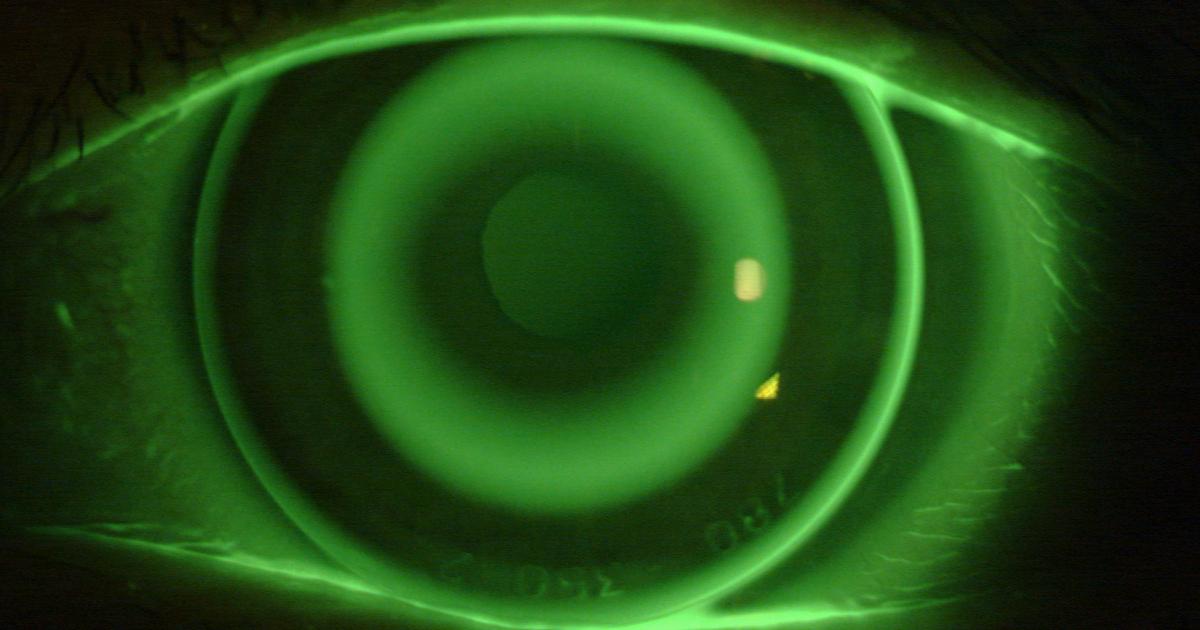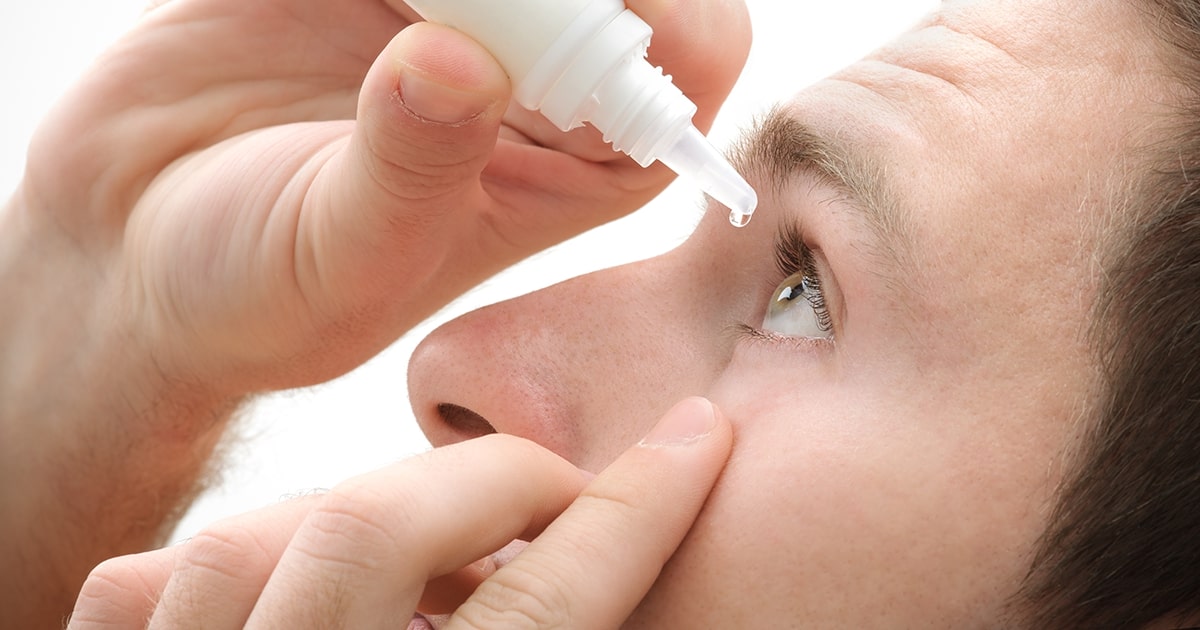10 Tips for Treating and Living with Nearsightedness
3. Orthokeratology

Orthokeratology is a practice that lets patients use special contact lenses overnight. The gas-permeable lenses reshape the cornea while the patient sleeps. After this gentle reshaping, the patient can see clearly when the lenses are removed in the morning. It's important for the right contact lenses to be used in this procedure. Regular contact lenses aren't breathable enough, and wearing them overnight can lead to eye damage and pain. But orthokeratology functions with breathable lenses that have FDA approval for overnight use. Orthokeratology's effects last for one or two days. Patients receive the best results when they wear the contacts every night. While it isn't a permanent solution, it's a good option if patients want to reduce the need for glasses and regular contact lenses.
4. Topical Atropine Drops

Topical atropine drops are used to help slow the progression of myopia, and it has shown promise when used with children. The myopia progression typically slows enough to prevent children from becoming severely impaired as their eyes develop. Childhood nearsightedness usually receives a diagnosis when the child is about five to seven years old. Vision tends to get significantly worse as the eye rapidly grows through childhood and adolescence. Atropine drops have only been used as a treatment in recent years. Prior to this, prescription glasses were the only treatment. Children who use atropine drops still need to wear glasses. The treatment isn't a cure for myopia, but it does help keep it from becoming too bad.
